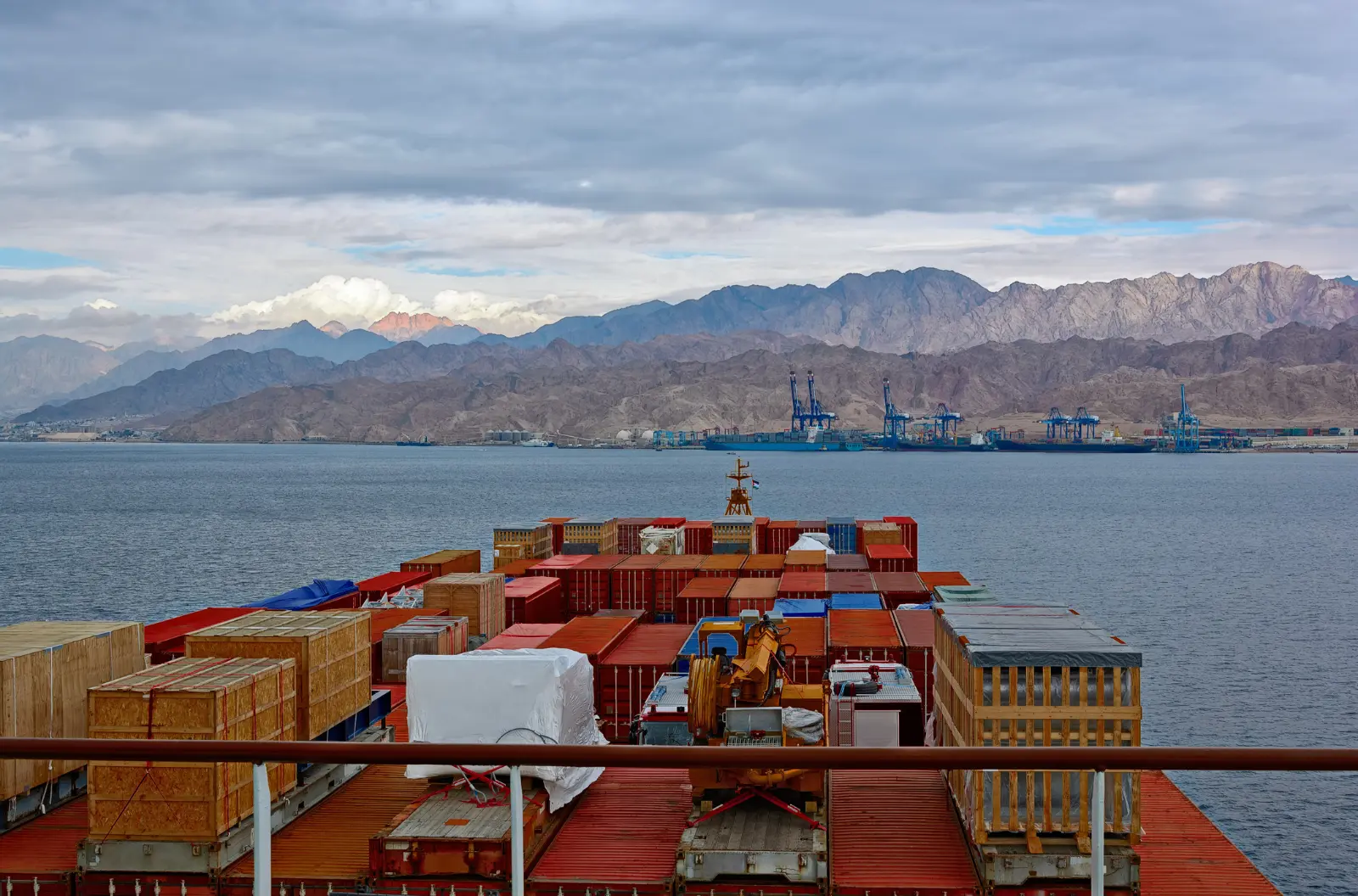The East Coast and Gulf of Mexico ports have come to a grinding halt as tens of thousands of dockworkers launched a strike on Tuesday, freezing shipping and threatening significant supply chain disruptions. This labor action, led by the International Longshoremen’s Association (ILA), comes after last-minute efforts by the White House to avert a strike, and it now poses a serious challenge to the economy and the political landscape just five weeks before the presidential election.
The strike has created immediate bottlenecks at some of the largest U.S. ports, including those in New York, New Jersey, and Baltimore, which handle over half of the nation’s container trade. Stacks of shipping containers sit idle, and ships are being forced to anchor offshore without docking, causing an economic impact estimated to reach hundreds of millions of dollars each day. As the strike persists, its repercussions will increasingly ripple through the economy, affecting the availability and pricing of essential goods, particularly in sectors like construction, automotive, and agriculture.
Background of the Strike and Political Ramifications
The Biden administration spent considerable time trying to mediate the dispute between the longshoremen and port operators represented by the U.S. Maritime Alliance (USMX). However, with no agreement reached, dockworkers proceeded with the strike, which is already causing visible disruptions, with dozens of ships stranded offshore.
Vice President Kamala Harris’s standing in the polls on economic issues has been impacted by this event, as the White House faces a tough choice between supporting a key labor constituency and addressing potential economic concerns that may affect voters. President Joe Biden has publicly supported the workers, citing the record profits enjoyed by shipping companies and calling for fairer compensation for the dockworkers who kept ports operational during the pandemic.
Demands of the Dockworkers
The longshoremen’s union, representing approximately 47,000 workers responsible for loading, unloading, and maintaining port equipment, has been demanding significant pay raises, better conditions, and protections against the automation of port work. The current strike marks the first major action by the ILA since 1977, and the union has emphasized that its members deserve a greater share of the profits reaped by port operators over recent years.
While USMX offered a 50% raise over six years as part of the ongoing negotiations, the longshoremen rejected the offer, insisting on better terms. The union’s president, Harold Daggett, spoke firmly about the demands of the workers, highlighting their critical role during the pandemic and the necessity for substantial wage increases.
Impact on Supply Chains and Economic Consequences
The strike’s effects have been immediately noticeable, with 38 container ships now waiting offshore, compared to just three before the strike began. This backlog represents nearly 270,000 containers left without any prospects of quick unloading. As the port shutdown continues, industries across the country are bracing for supply chain disruptions.
Some sectors are more vulnerable than others. For instance:
Perishable Goods
A significant concern is the potential spoilage of perishable goods. East Coast ports handle approximately 75% of banana imports, and without timely unloading, food spoilage could become a major issue.
Automotive Industry
Another sector likely to be impacted is the automotive industry, which relies heavily on timely deliveries of imported components. Four of the five largest ports for importing cars are among those affected by the strike.
Retail and Holiday Season Preparations
The strike also comes during a crucial period for retail businesses, as they gear up for the holiday season. While some companies have taken proactive measures by diverting shipments to the West Coast or ordering goods earlier, continued port disruptions could hamper availability during this critical sales period.
Economic Cost and Potential Outcomes
Estimates of the economic impact suggest that a week-long strike could result in $3.78 billion in economic losses, according to the Conference Board, a think tank that updated a model previously used by congressional budget forecasters. While the immediate effects may be manageable for some segments of the economy, the longer the strike continues, the higher the costs will climb.
High-value shipments like pharmaceuticals might be shifted to air transport, and some large companies have already adjusted their logistics to minimize the strike’s effects. However, the cost and availability of goods are likely to be affected the longer ports remain non-operational.
Political Pressure and the White House Response
The Biden administration has faced increasing pressure from business lobbies and the Republican Party to invoke the Taft-Hartley Act, which would force a “cooling-off” period and compel workers to return while negotiations continue. However, Biden has been reluctant to do so, emphasizing the importance of collective bargaining. This stance aligns with his support for unions but leaves his administration in a delicate position as economic and political consequences unfold.
The U.S. Chamber of Commerce has called for an intervention, but it remains uncertain if or when Biden will take that step. For now, the administration appears to be placing its trust in the resilience of the U.S. economy and the ability of the supply chain to manage in the short term, despite the growing tensions.
Union Solidarity and Broader Labor Movements
This strike is part of a broader wave of labor actions across the country, as workers across various industries have been asserting their demands in recent years. The automotive sector, Hollywood actors, and even Boeing machinists have all taken strike actions to secure better wages, benefits, and working conditions. Many of these strikes have ended in favorable deals for workers, which has set a precedent for labor activism, encouraging unions like the ILA to stand firm.
The mood among longshoremen is one of determination, with union members emphasizing the difficulty and dangers of their work. As they picket, they are advocating not only for immediate pay raises but also for a more secure future for their jobs, which are increasingly threatened by automation.
Supply Chain Resilience and Business Response
With significant disruptions to the supply chain, businesses must adapt quickly to minimize the impact of the port shutdown. Many companies have diverted their shipments to West Coast ports, which are currently not affected, as a different union represents West Coast longshoremen and continue to work.
The importance of supply chain diversification and proactive logistics planning has been underscored by this crisis. Companies relying solely on East Coast imports may face more severe disruptions, and this incident should prompt all importers to evaluate their supply chain strategies to ensure greater resilience in the face of future labor or logistical disruptions.
Conclusion: A Time of Uncertainty and Adaptation
The East Coast port strike serves as a potent reminder of the delicate balance between labor rights and economic stability. The dockworkers’ demands for fairer compensation and better working conditions highlight the human side of global logistics, reminding us that behind every container are people whose work keeps the economy running.
For the Biden administration, this strike represents a political balancing act that could have major ramifications in the coming election. For businesses, it is a wake-up call about the need for adaptive supply chains and diversified logistics solutions. And for consumers, it might mean higher prices or delayed availability for certain goods.
In the coming days, the duration of the strike will determine the extent of its economic impact. A short strike might be digestible, but a prolonged standoff could escalate into billions of dollars in losses and visible shortages in various sectors. As we watch the developments unfold, businesses and consumers alike must prepare for an uncertain period of adaptation and resilience.
Contact Us
Questions or looking for a quote?





